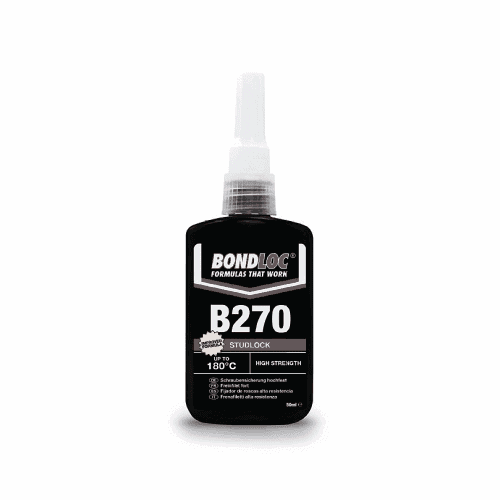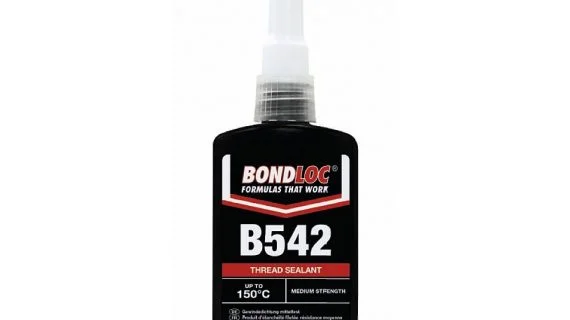Thread protection
15.02.2021
Thread protection is a very important part of the thread connections of any structure. It should: 
- operate reliably under all operating conditions,
- Allow multiple connection and disconnection,
- protect in any position,
- Do not extend the connector,
- do not weaken the components.
There are several ways to protect the threads from self-unscrewing. We can do this by using:
- Bendable washer on the cap and edge of the workpiece.
- Cloaked washer.
- Crown nut with pin.
- screw protection.
- Spring washer.
- Nuts and anti-nuts.
We distinguish the three most commonly used methods of securing threads:
Vulnerable security
With this method, we increase the elasticity of threaded joints by compressing the value of material subsiding. This largely prevents thread joints from loosening by maintaining the preload force. This method, however, will not prevent us from self-unscrewing the screws, caused by sliding, dynamically loaded parts. This is a medium strength protection. High stiffness spring or tapered washers are a product that exempliated vulnerable protections.Thread protection against falling out
This method allows the threads to loosen or unscrew gently, but prevents the connection from completely disintegrating. Corona nuts, wire protections, coiles, metal or plastic thread inserts are examples of this type of thread protection. Although this method of protection usually avoids the loss of components, it is ineffective in maintaining crimping stress.
Buy here: Anaerobic adhesives, i.e. thread adhesives
Loctite Thread Protection
Due to the very heavy loads of the screws, the measures to prevent unscrewing of the threads must meet the highest standards. The best company that has developed the production of liquid single-component adhesives is Loctite. Loctite completely fills the microscopic spaces between the cooperating threads. Curing of the product occurs after cutting off the air supply and contact with the metal, it becomes a high-resistant, heat-resistant material. Loctite creates an inseparable connection that prevents any movement in the bolt ing. Curing the product and such a perfect combination as loctite solves the problem exactly where it is formed, that is, in the gwin itself. Loctite products are therefore among the most effective means of securing thread connections. It is very important when securing with Loctite glue to check that the entire surface of the screws is well moistened and the product is cured without interference. Let us remember that some oils or cleaning methods inhibit and even completely eliminate the cure process of Loctite adhesive. therefore, be careful what product we use to secure the threads.Types of screws
The screw is, simply put, a threaded connecting element. These products are highly used in the construction industry as well as in the construction of machines. The product, which is a screw, differs primarily in size (diameter and length), shape (that is, the type of head). We also divide them into categories of plastics from which they are made, such as stainless steel.What is stainless steel?
Stainless steel is a carbon-reduced steel alloy that is resistant to corrosion from both weather conditions as well as low-concentration acids and bases. Thanks to this property, stainless steel products are widely used wherever there are components. Stainless steel alloys, from which screw threaded rods, nuts, washers are produced. They owe their resistance and strength to their chemical composition. They contain at least 10.5% chromium and at most 1.2% carbon. Thanks to this composition, chromium, which is contained in steel, reacts with oxygen, resulting in a very thin, invisible, durable and corrosion-resistant layer of chromium oxide. The resulting layer has properties that allow it to rebuild itself when damaged by any external factors. Compared to other medium strength steel alloys, stainless steel is a strong leader.Properties of stainless steel
- Corrosion resistance
- Incandescent ness
- Stylish design
- Easy to clean
- Easy to process
- Recyclable
- Favourable strength-to-weight ratio
